

Damion Smy
Nissan Juke EV will use Leaf platform, due in 2026 - report
54 Minutes Ago
Grunty diesel utes have never been associated with being ‘green’, but they’re not immune from progress.
According to the World Health Organisation (WHO), air pollution kills around seven million people worldwide every year. WHO data reveals nine in 10 people breathe air containing high levels of pollutants, many of which come from internal-combustion vehicle engines.
As utes have not only more capable, powerful, and safe, they’ve also become more efficient, drinking less diesel and emitting less CO2. Just how much more efficient? Depends on the model, of course.
For comparison, the Hyundai Santa Fe family SUV with a 2.2-litre diesel engine emits 198g/km of carbon dioxide (CO2) on the more lenient New European Driving Cycle (NEDC) combined cycle.

The venerable Toyota HiLux has consistently remained at the top of the Australian vehicle sales charts.
The seventh-generation 2010 HiLux SR5 4×4 Dual Cab was powered by a 3.0-litre four-cylinder turbo-diesel engine, making 126kW of power and 343Nm of torque. It came with either a five-speed manual or optional four-speed automatic.
The flagship ute was rated to emit 245g/km of CO2 combined and was Euro 4 compliant.
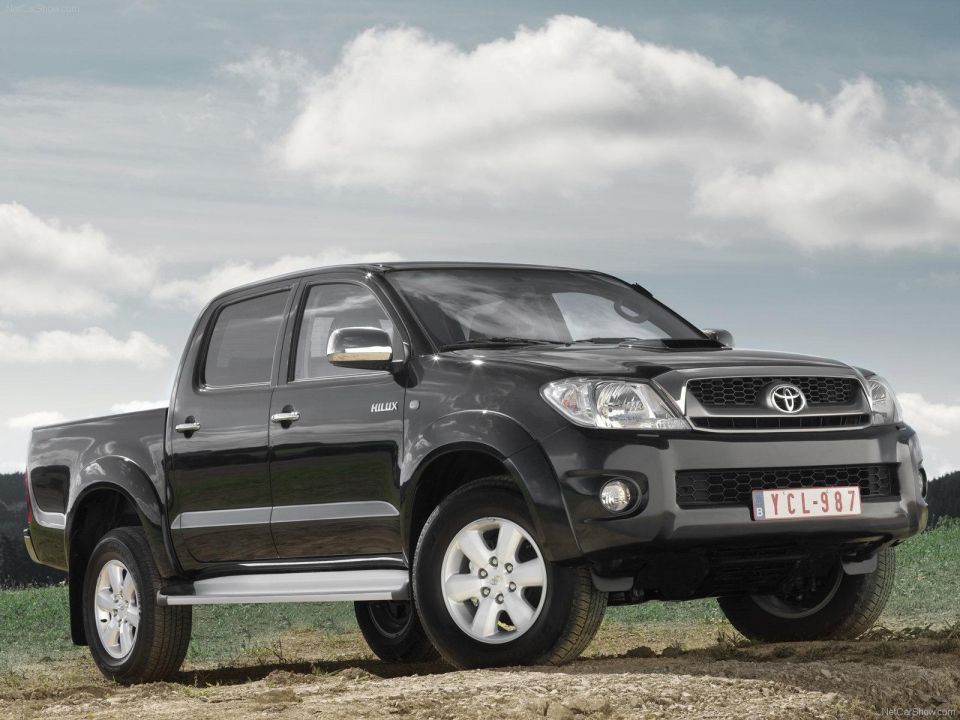

In 2020, the eighth-generation Hilux has just been given a small update, bringing more power, technology and a revised face.
The Hilux SR5 4×4 Double Cab runs on a smaller displacement 2.8-litre turbo-diesel, but packs 150kW of power and 500Nm of torque. The hero model is only offered with a six-speed automatic transmission.
After the update, the SR5 drinks 8.1L/100km on the combined cycle, and emits 212g/km of CO2.


Additionally, the latest HiLux meets Euro 5 standards which requires a diesel particulate filter (DPF).
It prevents the dirtiest soot and particle emissions from entering the atmosphere. Instead, once the exhaust heats up to a temperature predetermined by the engine’s software, the captured matter is burned off.
According to Varun Rao and Damon Honnery from Monash University, the jump from Euro 4 in the 2010 Hilux to Euro 5 compliance in the latest model represents a reduction of 28 per cent in nitrogen oxide (NOx) emissions and an 80 per cent cut in particulate matter emissions.
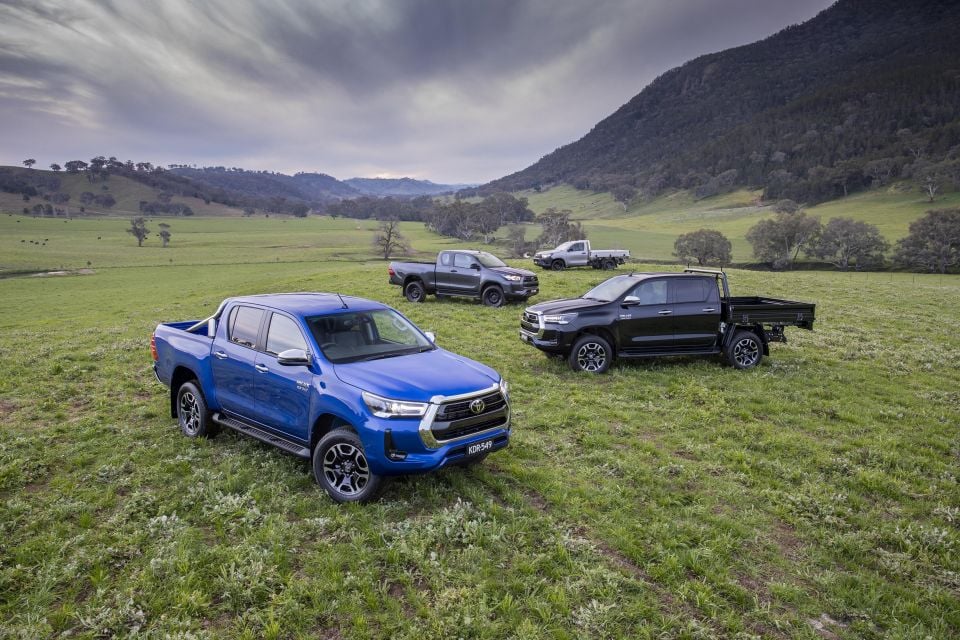
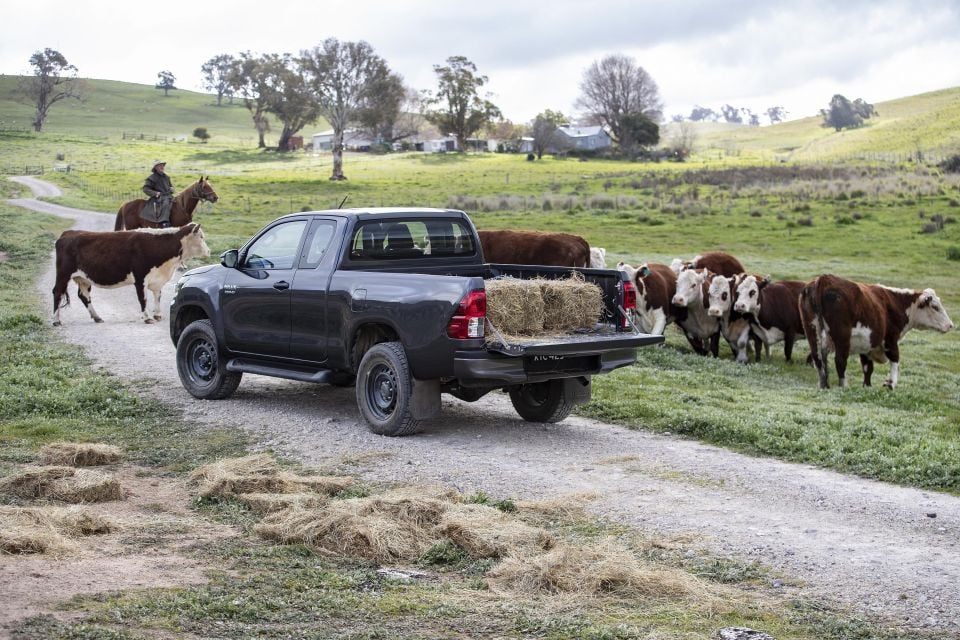
The mechanical engineers also note the DPF typically regenerates after 10 minutes of continuous driving at high speeds, and is required roughly once every 300 to 800km.
It’s worth noting that the pre-facelift HiLux sold from 2016 allegedly had DPF issues if owners did most of their driving in the city. Toyota says the 2021 HiLux’s DPF system is now improved.
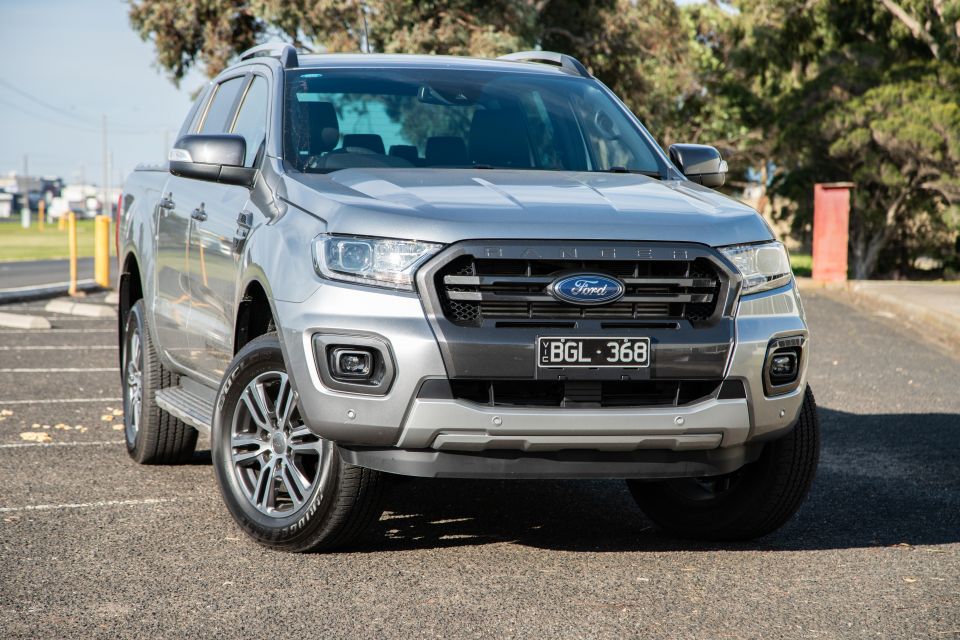
A decade ago, the second-generation PK Ford Ranger Wildtrak 4×4 was motivated by a 3.0-litre four-cylinder turbo-diesel from Mazda, making 115kW of power and 380Nm of torque. It came with either a five-speed manual or five-speed automatic.
The 2010 Ranger has a combined CO2 emissions claim of 274g/km.
In 2011, the Blue Oval released the Ford Ranger T6 which still remains on sale today after numerous updates, alongside the second-generation Mazda BT-50 with which it shares its underpinnings.

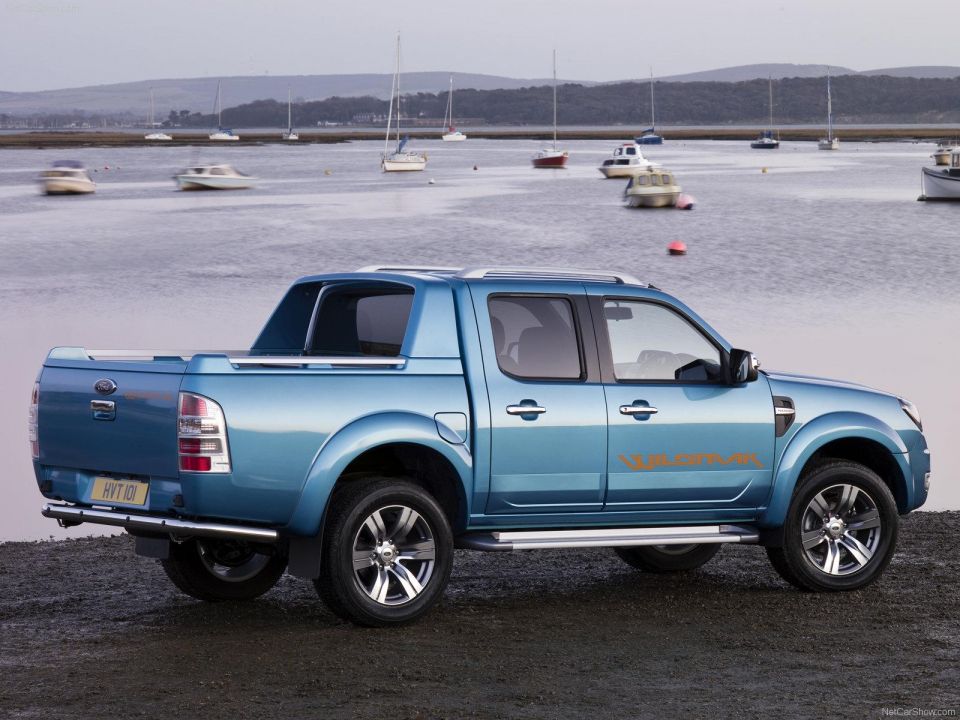
Besides the wild Ranger Raptor, the current flagship model in the standard range is the 2020 Ranger Wildtrak 4×4 with a 2.0-litre bi-turbo diesel that makes of 157kW of power and 500Nm of torque. It is only offered with a 10-speed automatic transmission (yes, it’s doubled its gear count in 10 years).
The 2020 Ranger has improved its emissions figures by nearly 29 per cent in a decade. It now releases 195g/km of CO2 on the NEDC combined cycle and meets Euro 5 standards, largely thanks to the inclusion of a DPF.
If the rumour mill is correct, the much anticipated next-gen 2022 Ranger will be even more environmentally-friendly by featuring a plug-in hybrid option.
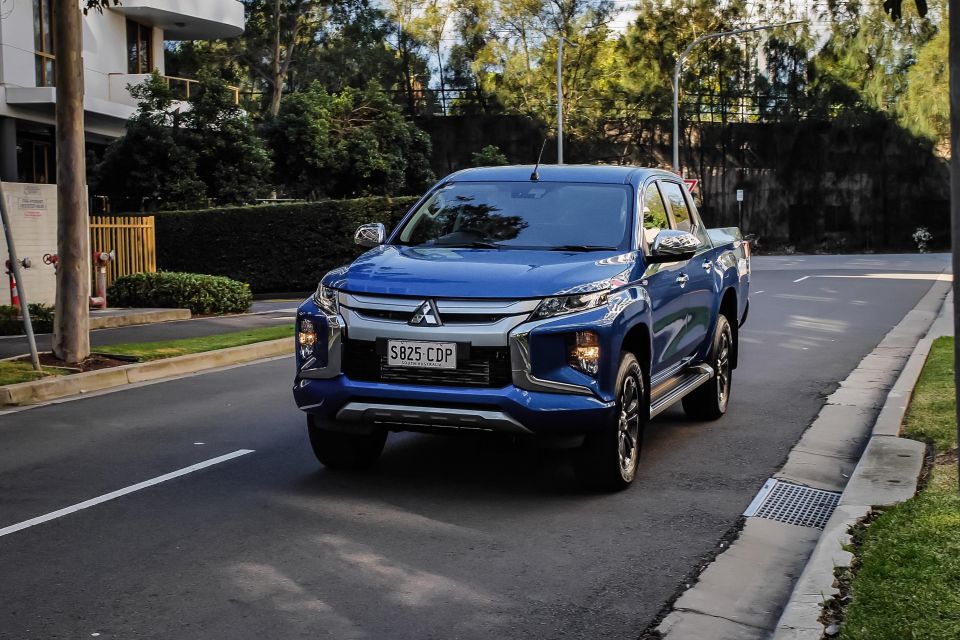
One of the more affordable off-roaders in this segment is the Mitsubishi Triton.
In 2010, the top of the range model was dubbed the Triton GLX-R 4×4 Double Cab. It sports a 2.5-litre turbo four-cylinder diesel engine that makes 131kW of power and 350Nm of torque; put to the ground via a five-speed manual or five-speed auto.
According to the NEDC, CO2 emissions combined rating is 253g/km. The fourth-generation Triton lasted nine years, retiring in 2014.
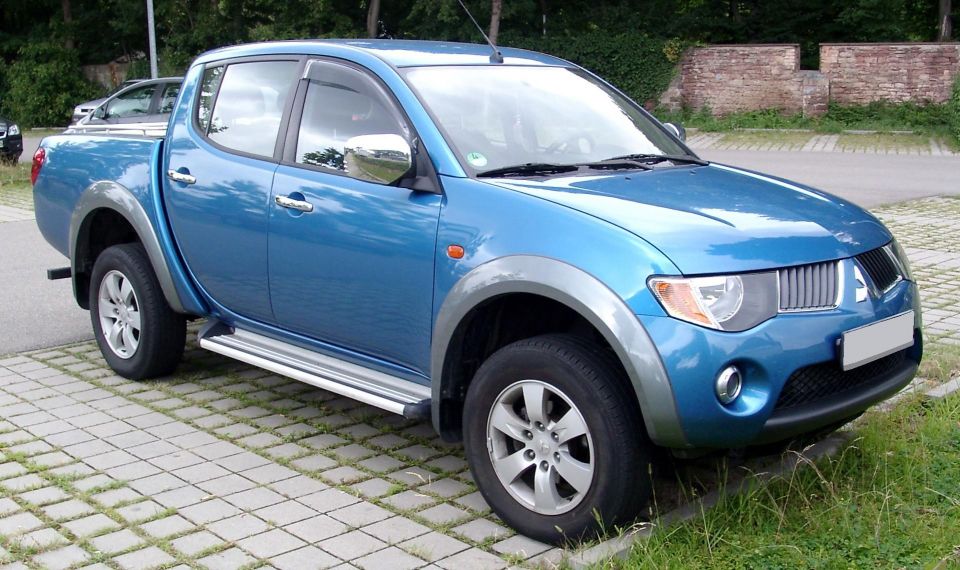
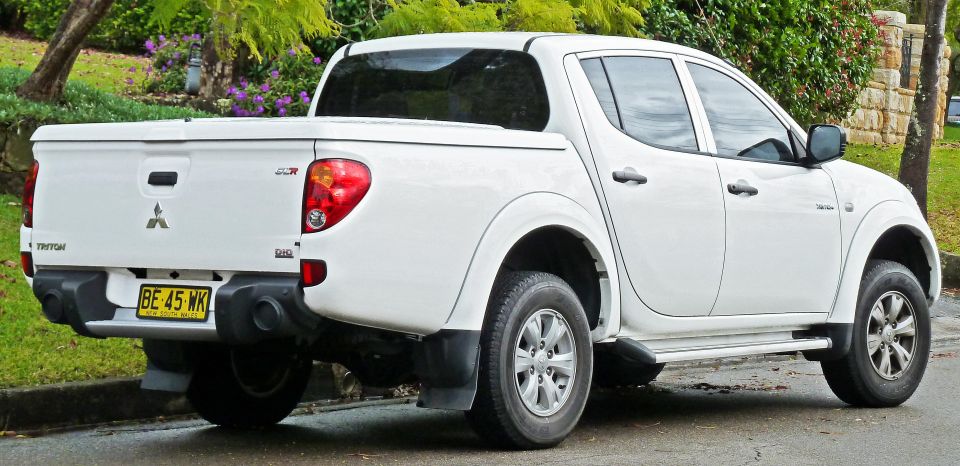
Today, the fifth-generation Triton was recently updated with bolder looks, and new technology and safety systems.
The 2020 Mitsubishi Triton GLS Premium 4×4 Double Cab is driven by a 2.4-litre turbo four-cylinder diesel powerplant that outputs 133kW of power and 430Nm of torque, matched exclusively to a six-speed automatic.
It emits 225g/km of CO2 combined and is now Euro 5 compliant. This represents 11 per cent improvement on the NEDC test.
According to reports, a new-generation Triton is due in 2022, which will share its fundamentals with the new Nissan Navara.

The most expensive Isuzu D-Max in 2010 was the LS-U 4×4 Dual Cab. It housed a 3.0-litre turbo-charged diesel engine capable of 120kW of power and 333Nm of torque. At the time, a five-speed manual came standard, while a four-speed auto was optional.
The first-generation D-Max claimed to emit 237g/km of CO2 combined into the atmosphere, meeting Euro 4 standards.
A decade on, the third-generation ‘RG’ Isuzu D-Max is just landing onto showroom floors. The all new pickup truck brings much needed updates across the board.
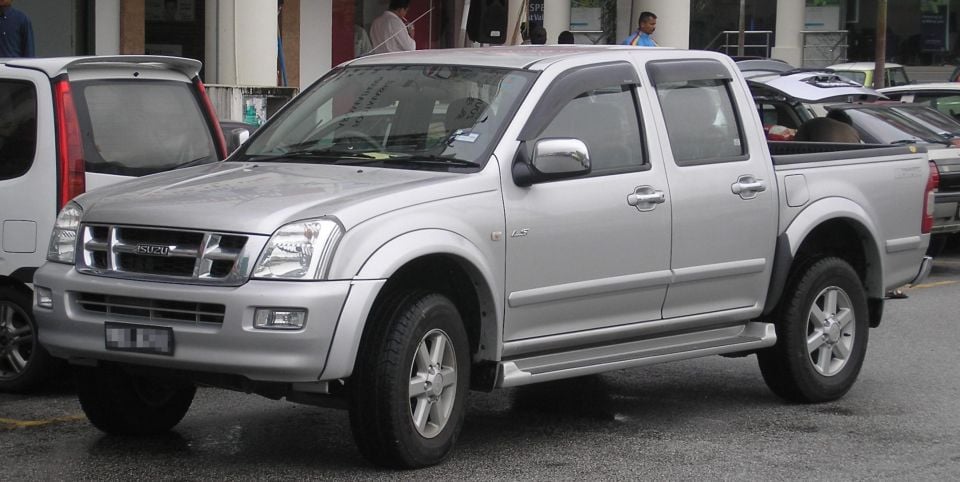
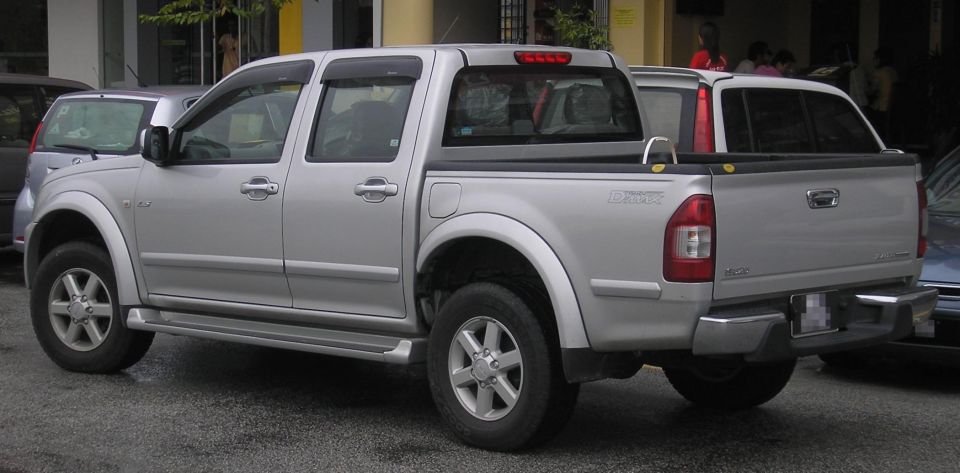
The star of the range is the D-Max X-Terrain 4×4, which contains a 3.0-litre turbo diesel four-cylinder that produces 140kW of power and 450Nm of torque. It’s mated to a six-speed automatic only.
It’s worth noting the same engine is used across the entire 2020 D-Max range. Combined CO2 emissions are now reduced by 13 per cent to only 207g/km, and the ute satisfies Euro 5 standards.

Another contender from a Japanese automaker is the Mazda BT-50. Based on the PK Ford Ranger, the first-generation model was sold between 2006 to 2011.
The range-topping 2010 Mazda BT-50 SDX 4×4 Dual Cab was motivated by a 3.0-litre turbo diesel engine with 115kW of power and 380Nm of torque. Power was channeled through a five-speed manual or five-speed automatic.
The ute claimed to emit 271g/km on the combined NEDC and met Euro 4.
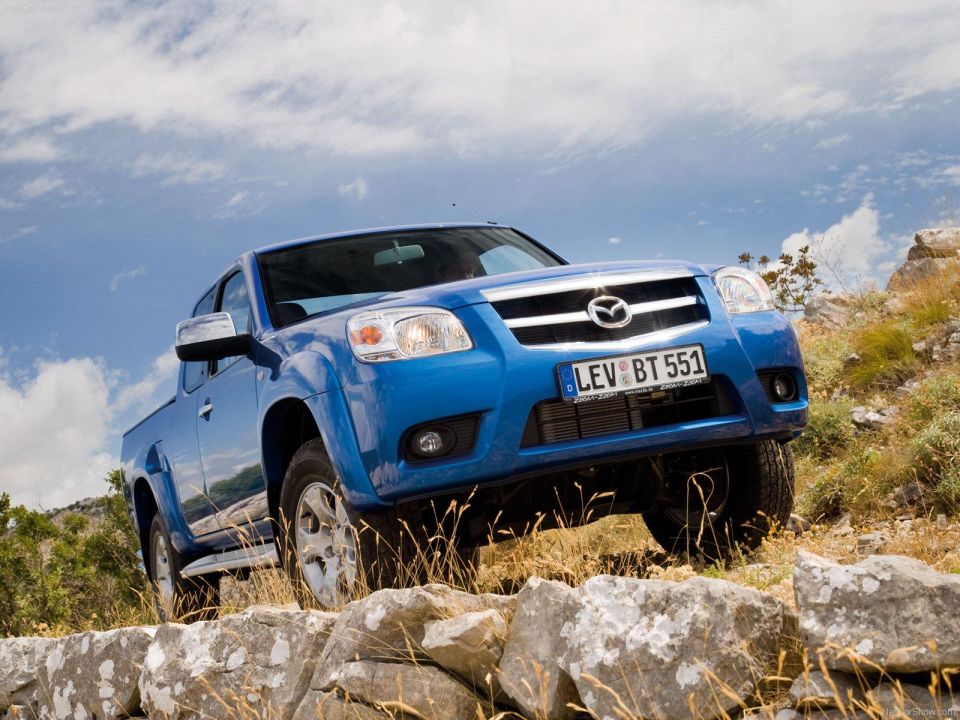
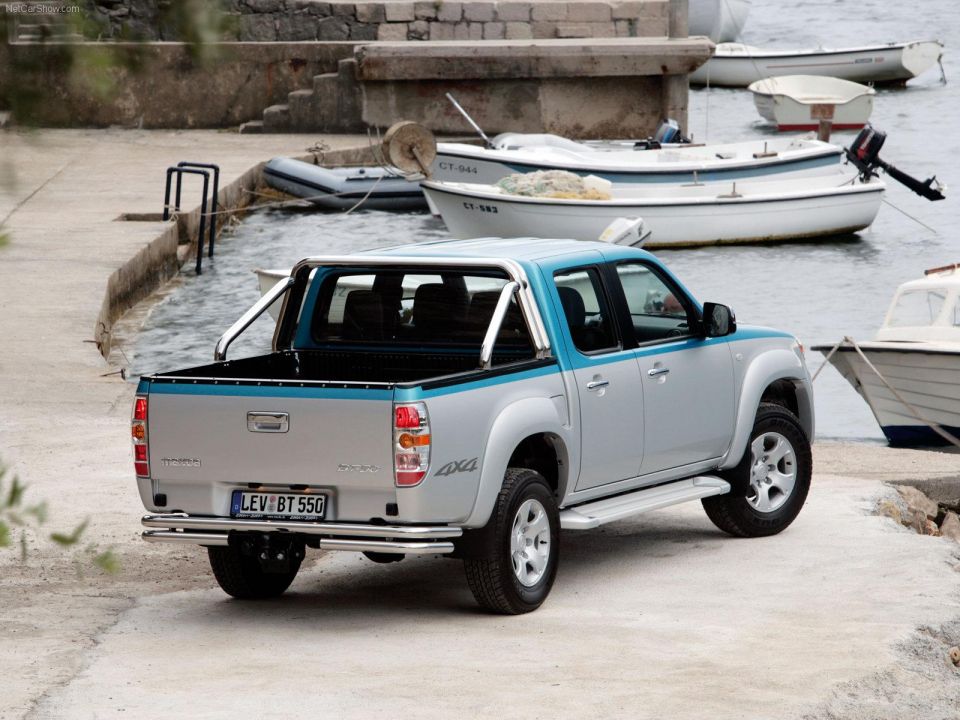
A decade later, there’s an all-new BT-50 on the block. Launching in October, the new Mazda BT-50 brings the signature Mazda face, an upmarket interior, and a suite of standard safety equipment. Crucially, Mazda has parted ways with Ford and the BT-50 is now based on the new Isuzu D-Max.
Grunt comes from the same 3.0-litre turbo-diesel engine as the D-Max, making 140kW and 450Nm across the range. The flagship Mazda BT-50 GT Dual Cab is offered with either a six-speed manual or six-speed automatic transmission.
Official emissions figures haven’t been released, yet, but expect similar (or the same) figures as per the Isuzu D-Max – 207g/km of CO2 combined on the NEDC.
This means the BT-50 has improved its emissions by nearly 24 per cent in just 10 years. Mazda has confirmed it is Euro 5 compliant.

The second-generation Nissan Navara – which was released in 2004 – is ending global production this year, despite Australia moving to a new model in 2014. That’s due to the American market still receiving the truck today, where it’s called the Frontier.
Locally, the 2010 Nissan Navara ST-X 4×4 Dual Cab packed a 2.5-litre turbo four-cylinder diesel producing 140kW and a healthy 450Nm of torque, matched with a six-speed manual or five-speed automatic. It was manufactured in Spain at the time, not Thailand.
It released 238g/km of CO2 on the NEDC test cycle.

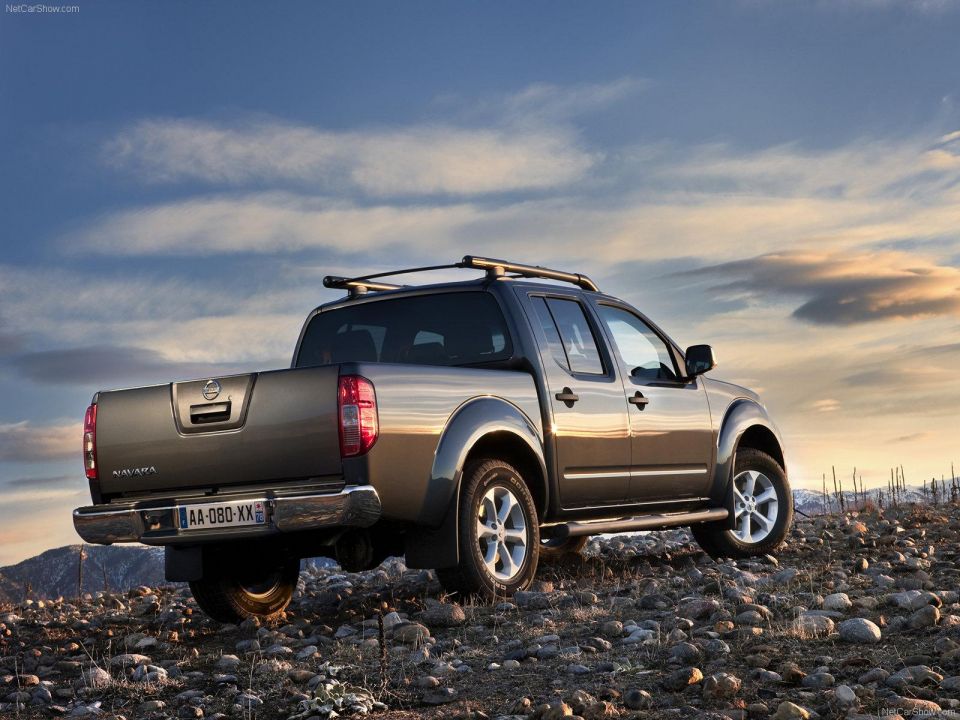
In 2020, the hero of the Nissan Navara line-up is now dubbed the N-Trek Warrior 4×4 Dual Cab. It gets a plethora of off-road focused changed engineered and fitted to the standard Navara from Premcar, an automotive engineering company in Epping, Melbourne.
It’s powered by a 2.3-litre twin turbo diesel engine making 140kW of power and 450Nm – the same figures as its predecessor. What has changed, though, is the availability of a six-speed manual or seven-speed automatic transmission.
The 2020 Nissan Navara now emits 186g/km of CO2 on the combined NEDC test and satisfies Euro 5 standards.
That’s a sizeable improvement of 22 per cent. Its emissions levels are now in line with a family SUV, and leads in this pickup list.
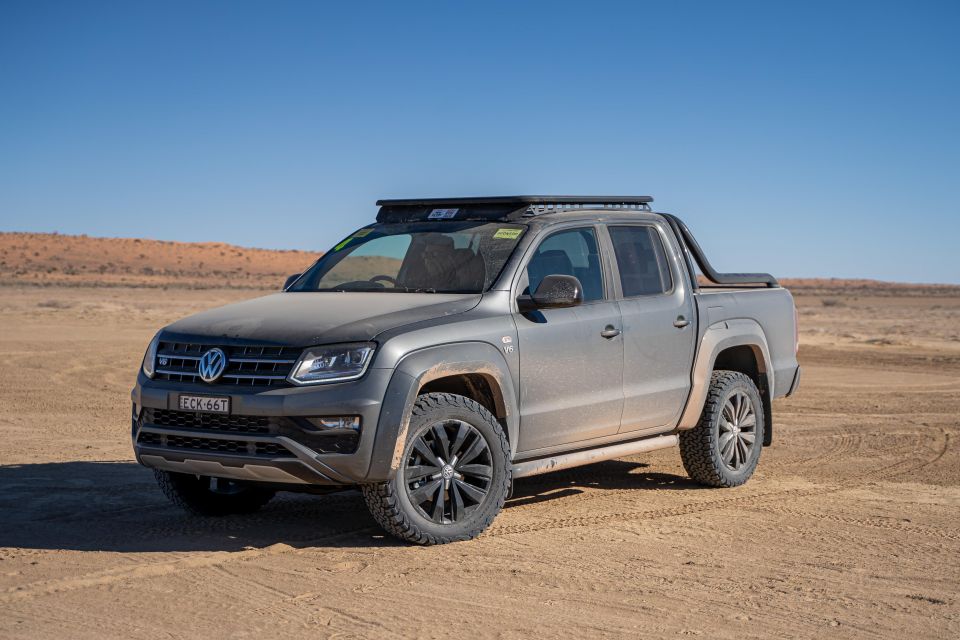
As the only European-badged model in the segment, the 2010 Volkswagen Amarok TDI 400 Ultimate housed a 2.0-litre twin turbo diesel four-cylinder making 120kW of power and 400Nm of torque.
According to the NEDC, the then range-topper emitted 209g/km of CO2 combined cycle and already met Euro 5 standards at the time.
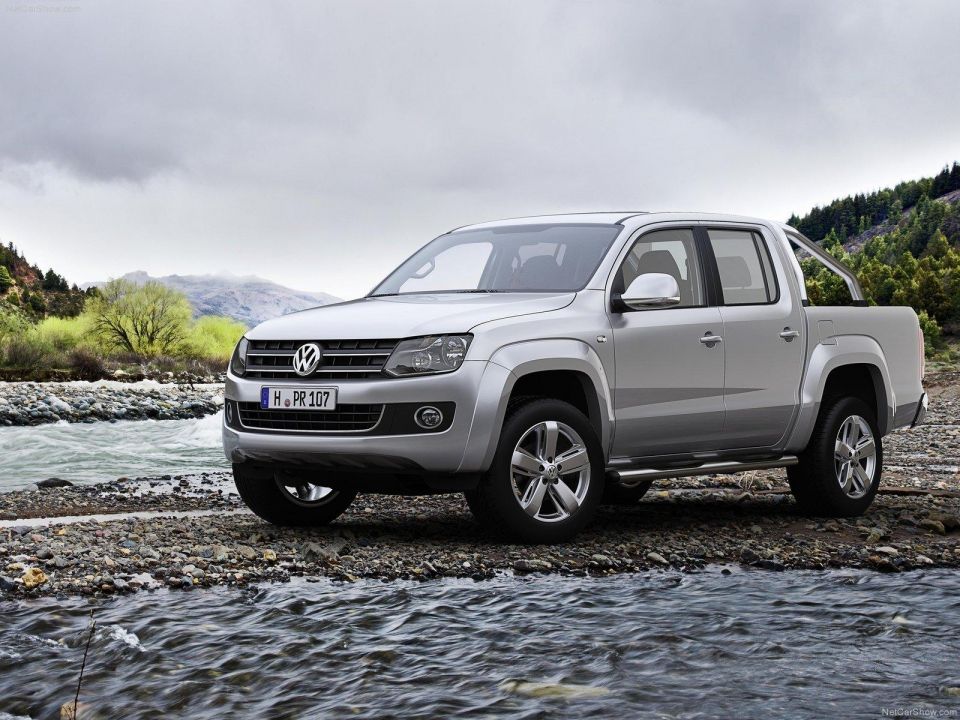
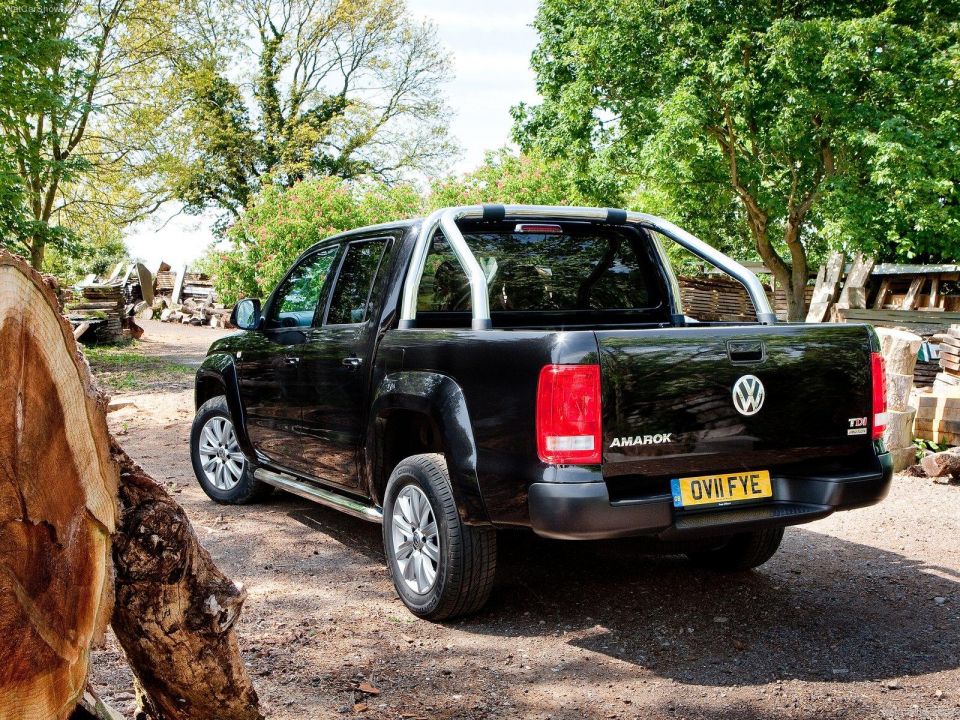
Fast forward to today, and the Volkswagen Amarok is still selling in the same form compared to a decade ago.
Numerous updates over the years have now resulted in the most expensive model in the range, dubbed the Amarok TDI 580 Ultimate. It is powered by a larger 3.0-litre turbo six-cylinder diesel engine that can produce 190kW of power and generous 580Nm of torque.
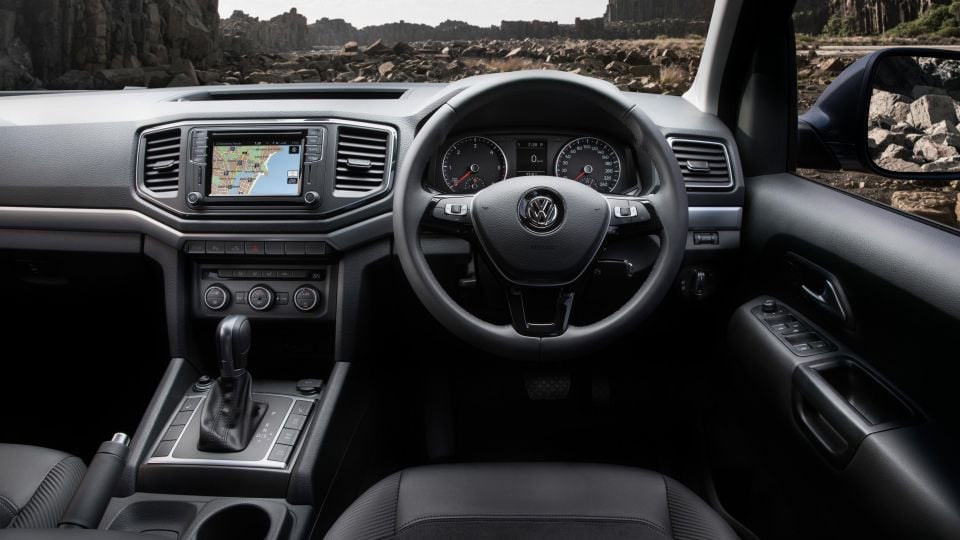
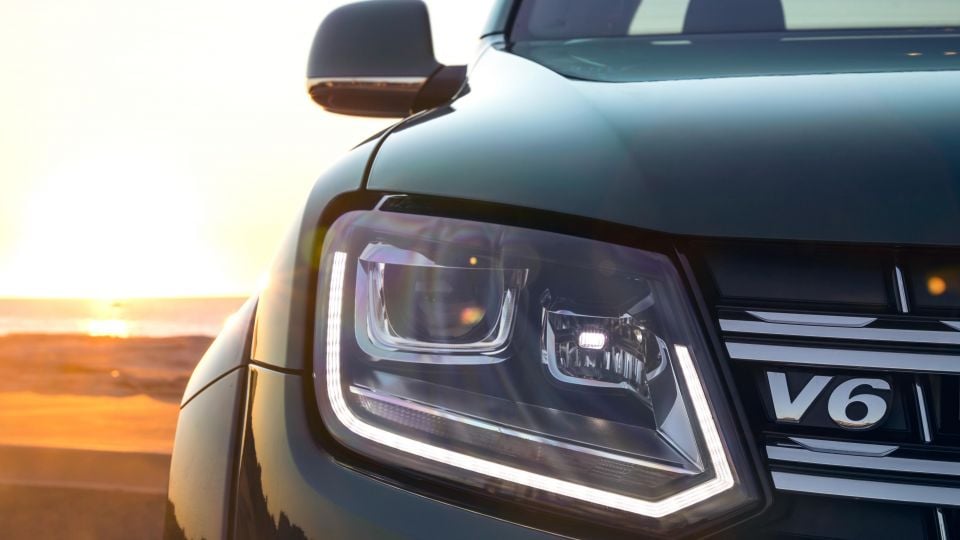
The 2020 Volkswagen Amarok Ultimate is exclusively mated with an 8-speed automatic transmission.
It now emits more CO2 than its 2010-self at 234g/km on the NEDC combined, representing an 11 per cent increase. But, it does meet Euro 6 standards – a key differentiator in the ute segment.
While the Argentinian-made ute is ageing, an all-new model has already been teased and will share its underpinnings with the upcoming 2022 Ford Ranger due to a new commercial vehicle alliance with the blue oval brand.


Damion Smy
54 Minutes Ago


Damion Smy
4 Hours Ago


Damion Smy
8 Hours Ago


Damion Smy
9 Hours Ago


Damion Smy
9 Hours Ago


Damion Smy
10 Hours Ago